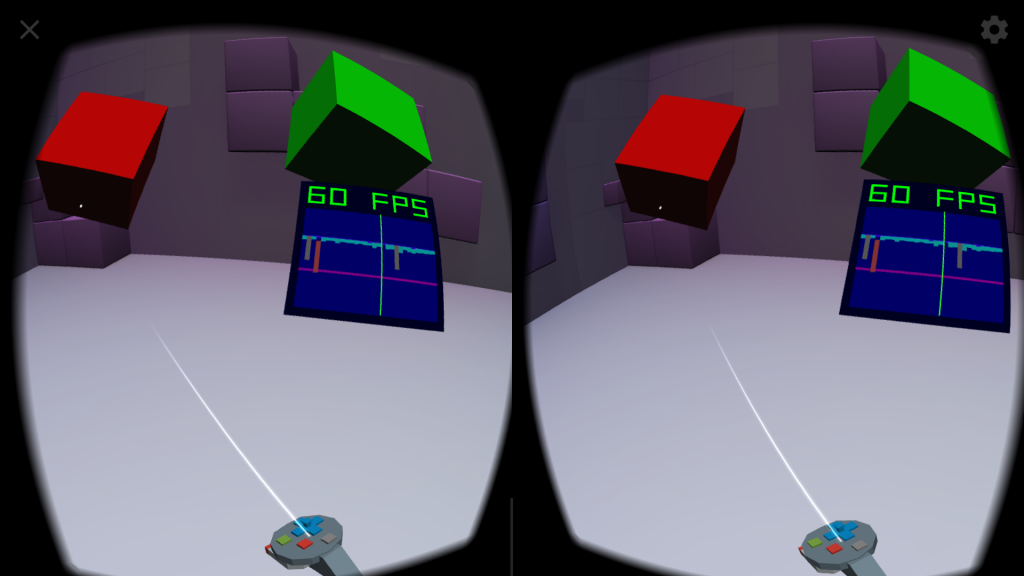Standards group W3C announced the WebXR device API for accessing both virtual and augmented reality. That means that if we combine this device with 3D content made with WebGL, we will get an opportunity to access to different realities. WebXR is like a portal to the new world.
The idea behind WebXR is to give developers the opportunity to create and share virtual (VR) and (AR) augmented reality projects on the open web.

WebXR Device – building a wider web
Nowadays, most VR (virtual reality) developers focus on creating interactive virtual worlds in engines like Unreal and Unity. Typically, programmers write the underlying logic of those worlds in a language like C#. WebXR (which is based on WebVR) can open up VR and AR (augmented reality) development to developers familiar with Web-based tools like Amazon Sumerian, or languages like Javascript.
The main goal of WebXr Device API is to enable web creators across the world to use their imagination and skills to build a wider web.
How does WebXR application works?
When it comes to WebXR application programming interface, it is quite unstable and it requires further improvements. However, it seems that we can expect it to become a future standard of W3C. There are many devices that can actually utilize this API; head-mounted displays are one of them.
This programming interface is edited by Brandon Jones of Google and Nell Waliczek of Amazon for the Immersive Web Working Group of the W3C.
According to Brandon Jones, W3C approval is not required prior to browsers shipping a feature. He said it is encouraged that at least two browsers have an interoperable implementation of a feature prior to standardization. As a result, some browsers may choose to ship WebXR after the API has stabilized, but before the W3C has finished reviewing it.